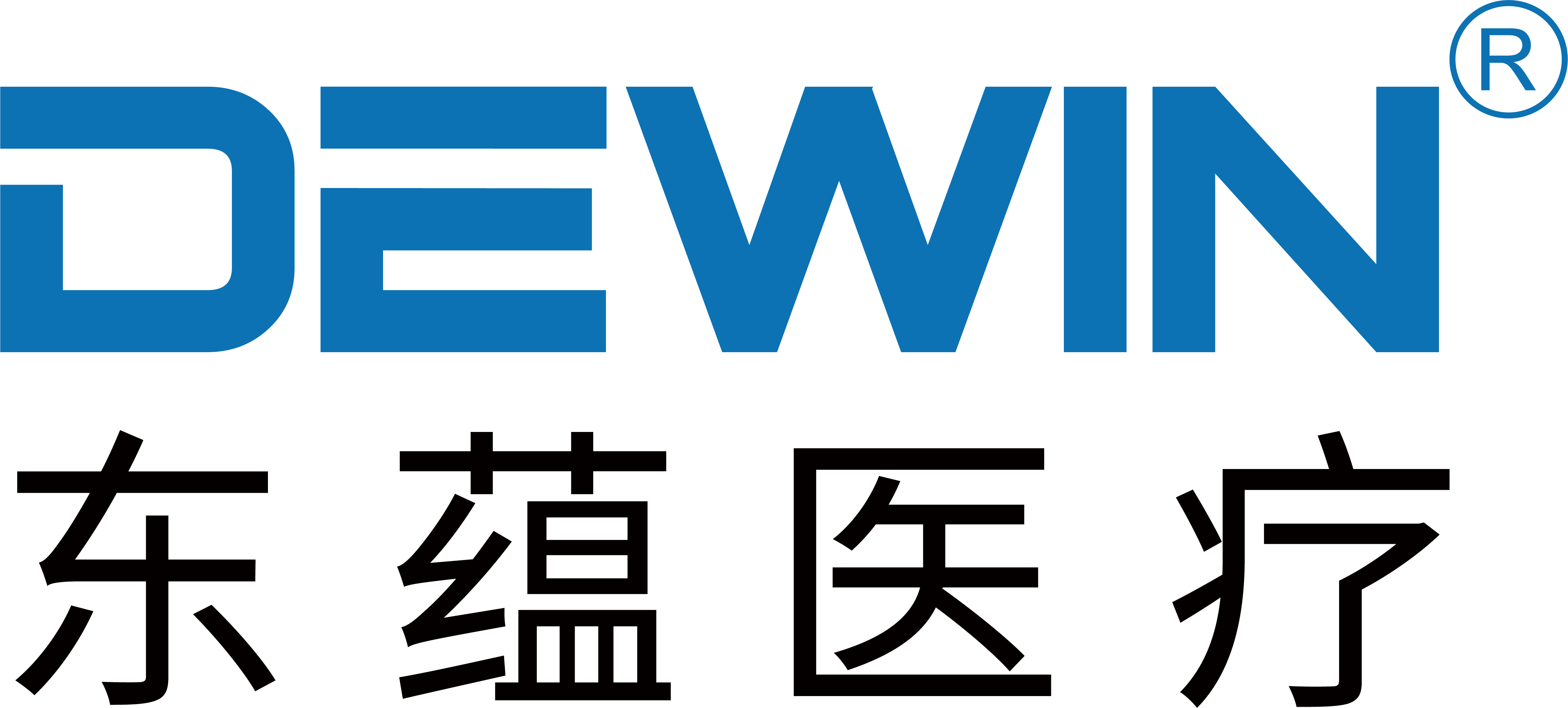


专利成果: "峡部"活检针(内腔中央收窄)+"平口"固定针(持卵面上斜磨)的创新设计组合,使显微操作过程变得安全可控,极大提升了活检效率。(实操视频如下)
囊胚滋养层细胞免激光活检方法演示
Songguo Xue, Ph.D.,a Yingzhuo Gao, M.S.,b Rongxiang Wang, M.S.,a Dalei Yang,M.S.,b Qiuping Peng, M.Sc.,c Da Li, M.D., Ph.D.b
b 中国医科大学附属盛京医院生殖医学中心,中国沈阳;
国家卫生健康委员会先进生殖医学与生育重点实验室(中国医科大学),中国沈阳
简述:这种创新的滋养外胚层活检方法不依赖于激光辅助,方法简单、结果稳定、操作友好。
题目:囊胚滋养层细胞免激光活检
摘要
目的:提出一种不依赖激光辅助的滋养外胚层活检的新方法,利用创新设计的活检针和固定针,对不同阶段、不同特征的囊胚进行活检。
设计:用这个方法做活检的步骤演示视频(含旁白)
场地:IVF实验室
患者:接受胚胎植入前基因检测的个体
方法:使用一对包含创新设计的显微操作针来完成滋养外胚层活检。活检针和固定针的针口末端均呈开口的圆形平面,且平面的边缘是锋利的;固定针的一侧壁呈斜面状,斜面与开口平面相交形成一条棱,活检针的针口边缘与固定针的棱相剪切,达到分离活检组织和囊胚主体的目的。固定针的斜面显著增加剪切的成功率。活检针内部有一个缩窄的峡部,防止因管腔内压力失衡造成样本丢失。滋养外胚层的活检从完全扩张后皱缩的囊胚开始,紧接着进行透明带钻孔。然后,将5-10个滋养外胚层细胞吸入峡部活检针中,把囊胚从固定针中松开,用峡部活检针的针口边缘将它压在固定针的斜面上,通过峡部活检针的针口边缘与固定针的棱的剪切来离断吸出的滋养外胚层细胞与囊胚主体的连接。除了用激光进行透明带钻孔以获得完全扩张的囊胚这一步骤外,部分孵出(花生形态或8字形态)或者完全孵出的囊胚则不需要使用激光辅助,直接用创新设计的峡部活检针和平口固定针进行剪切即可。
主要观察指标:活检时间、标本丢失率、DNA扩增成功率和存活率。
结果:在传统方法中,激光辅助和拉扯滋养外胚层细胞是样本分离的必要操作。而创新设计的显微操作针通过单次直接的剪切程序增加了分离样本的成功率,避免激光辅助引起的热损伤,显著简化了操作步骤,缩短了活检时间。在比较了各种孵化程度的囊胚所需平均活检时间:完全扩张的囊胚(61±8 s vs 104±9 s, p<0.05)、花生形态的囊胚(35±6 s vs 113±13 s, p<0.05)、8字形态的囊胚(32±4 s vs 59±6 s, p<0.05)、完全孵化的囊胚(34±4 s vs 67±8 s, p<0.05)后,剪切程序明显缩短活检时间。对于活检初学者,活检针内部的狭窄结构有效地防止了样本丢失,与常规活检方法(18%)相比,显著降低样本丢失率(0%)。剪切程序获得了令人满意的存活率(100%)和DNA扩增成功率(99.5%)。
结论:这种不依赖激光辅助的创新性滋养外胚层活检方法具有广泛的适用性和令人满意的稳定性能。而且,这种方法操作简单,易于掌握。
关键词:滋养外胚层活检,植入前基因检测,固定针,活检针
文献原文
Aninnovative design for trophectoderm biopsy without laser pulses: A step-by-step demonstration
Songguo Xue, Ph.D.,(a) Yingzhuo Gao, M.S.,(b) Rongxiang Wang, M.S.,(a) Dalei Yang,M.S.,(b) Qiuping Peng, M.Sc.,(c) Da Li, M.D., Ph.D.(b)
a Center for Reproductive Medicine, Shanghai East Hospital, Tongji University School of Medicine, Shanghai, China
b Center of Reproductive Medicine, Shengjing Hospital of China Medical University, Shenyang, China; NHC Key Laboratory of Advanced Reproductive Medicine and Fertility (China Medical University), National Health Commission, Shenyang, China
c CReATe Fertility Center, University of Toronto, Toronto, Canada
Running title: Trophectoderm biopsy without laser pulses
Abstract
Objective: To present a novel trophectoderm biopsy method independent of laser pulses using innovatively designed micropipettes on blastocysts at different stages and showing variable characteristics.
Design: A step-by-step demonstration of this method with narrated video footage.
Setting: In vitro fertilization laboratory.
Patients: Individuals whose embryos underwent preimplantation genetic testing.
Interventions: Trophectoderm biopsy is accomplished using micropipettes that contain a set of innovative designs. The biopsy and holding pipettes are both characterized by sharp, flat opening ends. The holding pipette is designed with an inclined plane on the outer wall surface of its opening end; this aims to help the biopsy pipette make contact with the holding pipette with increased stability, preventing slipping during the detachment of the trophectoderm cells. There is a narrow structure inside the biopsy pipette designed to trap released fragments and prevent sample loss. A trophectoderm biopsy for fully expanded blastocysts commences from artificial shrinkage, followed by zona pellucida drilling. Then, 5– 10 trophectoderm cells are aspirated into a biopsy pipette. The blastocyst is released from the holding pipette, the edge of the opening end of the biopsy pipette is tightly pressed onto the inclined plane of the holding pipette, and the biopsy pipette is directly flicked without laser pulses or pulling of the trophectoderm cells. The aspirated trophectoderm cells are subsequently detached by the mechanical friction between the edges of the biopsy and holding pipettes. Other than drilling the zona pellucida for fully expanded blastocysts, the remaining steps do not require lasers. For hatching (including peanut-shaped and 8-shaped) and hatched blastocysts, a trophectoderm biopsy is accomplished by aspirating the cells without securing the blastocyst with a holding pipette, followed by detachment using the direct flicking method.
Main Outcome Measures: The biopsy time, the sample loss rate, the successful DNA amplification rate, and the survival rate.
Results: The innovatively designed micropipettes facilitate the successful detachment of trophectoderm cells through a single direct flicking procedure. This eliminates thermal damage caused by laser pulses, notably simplifying operational steps and shortening the biopsy time. Significant differences were noted between the direct flicking method and the conventional method, in which laser pulses and pulling of trophectoderm cells are prerequisites for cell detachment. When comparing the average biopsy time of fully expanded blastocyst (61 ± 8 s vs 104 ± 9 s, p<0.05), peanut-shaped hatching blastocyst (35 ± 6 s vs 113 ± 13 s, p<0.05), 8-shaped hatching blastocyst (32 ± 4 s vs 59 ± 6 s, p<0.05), and hatched blastocyst (34 ± 4 s vs 67 ± 8 s, p<0.05), the direct flicking method shows a significantly decreased biopsy time. The narrow structure inside the biopsy pipette effectively prevents sample loss, showing a significantly reduced sample loss rate (0%) compared to the conventional biopsy method (18%) for trainees. Moreover, a satisfactory survival rate (100%) and successful DNA amplification rate (99.5%) were achieved using the direct flicking method.
Conclusions: This innovative trophectoderm biopsy method independent of laser pulses has wide applicability and a satisfactory, stable performance. Moreover, the simplicity of the method makes it easy to master.
Keywords: trophectoderm biopsy, preimplantation genetic testing, holding pipette, biopsy pipette.